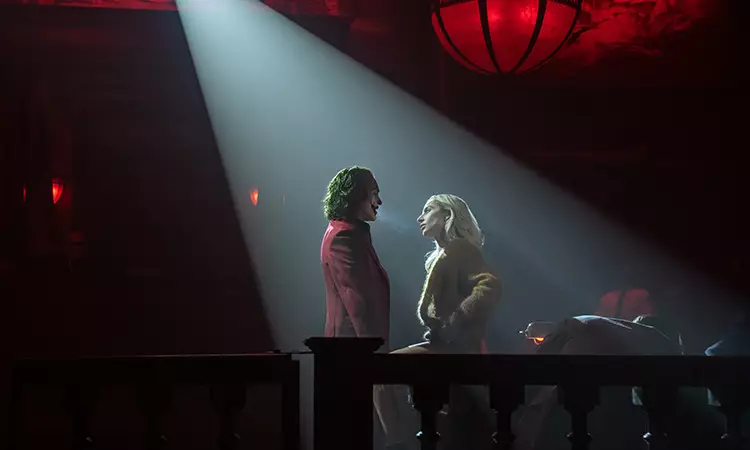In the vast universe of comic book adaptations, the Joker stands out as a symbol of chaos and brilliance. This complexity goes far beyond mere humor, embodied in the latest film collaboration from Todd Phillips, which serves as a sequel to the groundbreaking portrayal seen in “Joker.” The Joker is presented not merely as a villain but as a profoundly nuanced character whose psyche reflects the darker aspects of urban life. Phillips dives deep into the dual nature of this character, exploring both his manic humor and the unsettling intelligence that underlines his personality. This layered narrative demonstrates that what makes the Joker compelling is not only his penchant for anarchy but also his inherent cleverness.
The new film delves into the cyclical relationship between Arthur Fleck, played by Joaquin Phoenix, and the infamous Harley Quinn, portrayed with flair by Lady Gaga. This dynamic duo is not merely about chaos but illustrates the insanity of their intertwined fates. A striking element of this film is its portrayal of their relationship as both a source of humor and deeply rooted madness. Phillips ingeniously transforms conventional storytelling, integrating musical components into the narrative. The characters engage in elaborate song-and-dance numbers that are both entertaining and unsettling, creating a juxtaposition between raw emotion and theatrical performance.
At the crux of this exploration is the character of Arthur Fleck, who finds himself embroiled in trials for his past violent acts while battling the internal conflict between his passive nature and the overwhelming persona of the Joker. This dilemma serves as a commentary on the real-world implications of violence and the sometimes glamorous façade that society affords to misfits like the Joker. It’s a story that resonates far beyond fantasy, tapping into the paradox of a world that idolizes and reviles figures like Fleck. The film prompts the audience to confront uncomfortable truths about society’s fascination with chaos and the complexity of mental health.
The film’s clever incorporation of musical motifs sets it apart from previous iterations of the Joker narrative. Rather than merely punctuating the storyline, these musical interludes serve to enhance character expression and deepen emotional engagement. The duet of Fleck and Quinn allows for exploration into themes of longing and madness, where each song adds layers to their characters. Particularly illuminating is a poignant moment featuring Leigh Gill as Gary, who highlights the collateral damage inflicted by the Joker persona. This powerful scene brings attention to the harsh realities behind the character’s flamboyance, reminding the audience that not everyone emerges unscathed from such a toxic influence.
This new addition to the Joker saga reflects a larger cultural commentary while uniquely blending elements of musical theater with traditional narrative. Phillips’ work invites viewers to think critically about the dual nature of fandom surrounding figures like the Joker, questioning where the line is drawn between admiration and moral judgment. As we delve into the chaotic world of Gotham through the Joker’s lens, we’re left contemplating our own societal values, and perhaps, the madness that lies within all of us. In capturing both the horrifying and the entertaining aspects of the Joker’s world, the film ultimately underscores an unsettling truth: that even in madness, there is a chilling sense of authenticity.

